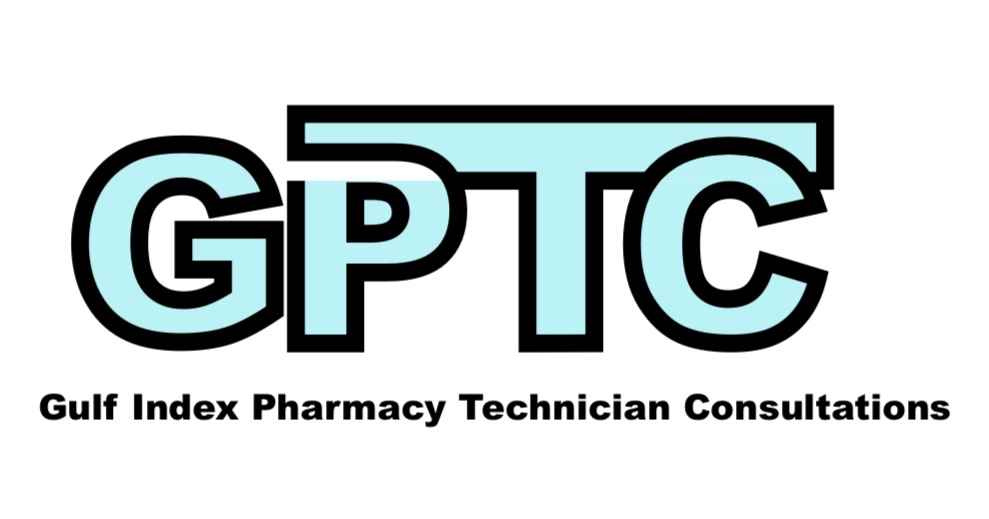Pharmacy Technician Blueprint for Saudi License Examination
Introduction
The role of a pharmacy technician is crucial in the healthcare sector, serving as a bridge between pharmacists and patients. In Saudi Arabia, the licensing of pharmacy technicians is governed by specific regulations, ensuring that only qualified individuals can practice in this vital field. This guide outlines the blueprint for the Pharmacy Technician License Examination in Saudi Arabia, detailing the examination structure, content, preparation strategies, and essential resources.
Overview of the Pharmacy Technician Role
Pharmacy technicians support pharmacists in various tasks, including:
- Dispensing Medications: Preparing and dispensing medications as per prescriptions.
- Patient Interaction: Providing information about medications and answering patient queries.
- Inventory Management: Managing pharmacy stock, including ordering and storing medications.
- Administrative Duties: Handling billing, insurance claims, and maintaining patient records.
Regulatory Authority
The Saudi Commission for Health Specialties (SCFHS) regulates the licensing of healthcare professionals, including pharmacy technicians. They establish the standards for education, training, and examination.
Examination Structure
The Pharmacy Technician License Examination consists of several components:
- Eligibility Criteria: Candidates must meet specific educational requirements, typically having completed a pharmacy technician program accredited by SCFHS.
- Examination Format:
- Multiple-Choice Questions (MCQs): Assessing knowledge across various domains.
- Practical Assessment: Evaluating hands-on skills in a simulated environment.
- Content Areas:
- Pharmacology: Understanding drug classifications, mechanisms of action, and therapeutic uses.
- Pharmacy Law and Ethics: Familiarity with legal regulations governing pharmacy practice in Saudi Arabia.
- Dispensing Practices: Knowledge of medication preparation and dispensing protocols.
- Patient Care: Skills in communication and patient counseling.
- Pharmacy Operations: Understanding the management of pharmacy services and inventory control.
Detailed Content Areas
1. Pharmacology
- Drug Classes: Understanding various drug classes and their indications.
- Side Effects and Interactions: Knowledge of common side effects and potential drug interactions.
- Dosage Forms: Familiarity with different dosage forms and routes of administration.
2. Pharmacy Law and Ethics
- Regulatory Bodies: Knowledge of the SCFHS and other relevant organizations.
- Legal Requirements: Understanding prescription requirements, controlled substances, and record-keeping.
- Ethical Considerations: Awareness of ethical dilemmas and patient confidentiality.
3. Dispensing Practices
- Prescription Handling: Skills in interpreting prescriptions and ensuring accuracy in dispensing.
- Compounding: Basic knowledge of compounding techniques and safety measures.
- Labeling and Storage: Proper labeling practices and storage conditions for medications.
4. Patient Care
- Communication Skills: Techniques for effective communication with patients and healthcare providers.
- Counseling Techniques: Providing medication information and addressing patient concerns.
- Monitoring and Follow-Up: Understanding the importance of follow-up in patient care.
5. Pharmacy Operations
- Inventory Management: Techniques for managing pharmacy inventory and minimizing waste.
- Billing and Insurance: Familiarity with pharmacy billing processes and handling insurance claims.
- Quality Assurance: Knowledge of quality assurance practices in pharmacy operations.
Preparation Strategies
1. Study Materials
- Textbooks: Refer to standard pharmacy technician textbooks covering pharmacology, pharmacy law, and practice.
- Online Resources: Utilize online platforms offering study guides, practice exams, and video tutorials.
- SCFHS Guidelines: Review the SCFHS official documentation and guidelines for pharmacy technicians.
2. Practice Exams
- Sample Questions: Attempt practice questions to familiarize yourself with the exam format and question types.
- Mock Examinations: Participate in mock exams organized by educational institutions or pharmacy associations.
3. Study Groups
- Peer Collaboration: Join or form study groups to discuss topics, share resources, and motivate each other.
- Mentorship: Seek guidance from experienced pharmacy professionals who can provide insights and tips for the examination.
4. Time Management
- Study Schedule: Develop a study schedule that allocates sufficient time for each content area.
- Breaks: Incorporate regular breaks to avoid burnout and enhance retention.
Resources
1. Recommended Textbooks
- Pharmacy Technician Certification Examination: Review Guide by James J. Mizner
- The Pharmacy Technician by David Foster
2. Online Courses
- Websites like Coursera and Khan Academy offer courses related to pharmacology and pharmacy practice.
3. Professional Associations
- Joining organizations like the Saudi Pharmaceutical Society can provide networking opportunities and access to additional resources.
Conclusion
The Pharmacy Technician License Examination in Saudi Arabia is a critical step for aspiring pharmacy technicians. By understanding the examination structure, content areas, and effective preparation strategies, candidates can enhance their chances of success. With the right resources and dedication, individuals can contribute significantly to the healthcare system as licensed pharmacy technicians.
Additional Considerations
Continuing Education
After obtaining the license, pharmacy technicians must engage in continuous professional development. This includes attending workshops, seminars, and further training to stay updated on advancements in the field.
Career Opportunities
Licensed pharmacy technicians have various career paths available, including:
- Community Pharmacy
- Hospital Pharmacy
- Pharmaceutical Industry
- Regulatory Agencies
By committing to lifelong learning and professional excellence, pharmacy technicians can ensure their skills remain relevant and effective in meeting the needs of patients and the healthcare system.
